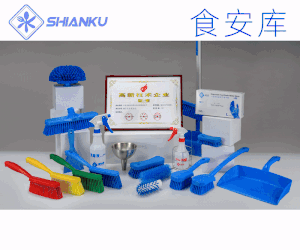食品伙伴網(wǎng)訊 2025年1月10日,歐盟食品安全局(EFSA)發(fā)布2024年9月-12月禽流感概述。
2024年9月21日至2024年12月6日,27個(gè)歐洲國(guó)家報(bào)告了高致病性禽流感(HPAI)疫情的暴發(fā)。自上次報(bào)告以來(lái),截至2024年12月11日,北美報(bào)告了45例甲型H5病毒感染的人類病例,越南報(bào)告了1例甲型H5病毒感染的人類病例,中國(guó)報(bào)告了10例甲型H9N2病毒感染的人類病例。在歐盟/歐洲經(jīng)濟(jì)區(qū),一般人群的感染風(fēng)險(xiǎn)被評(píng)估為低,職業(yè)暴露人群的感染風(fēng)險(xiǎn)為低至中度。部分原文報(bào)道如下:
Between 21 September and 6 December 2024, 657 highly pathogenic avian influenza (HPAI) A(H5N1) and A(H5N5) virus detections were reported in domestic (341) and wild (316) birds across 27 countries in Europe. Many HPAI outbreaks in domestic birds were clustered in areas with high poultry density and characterised by secondary farm-to-farm spread. Waterfowl, particularly the mute swan, were primarily affected during this reporting period, with HPAI virus detections focused on south-eastern Europe. Notably, A(H5N5) viruses expanded their geographic and host range, resulting in a surge in detections and mortality events described in gulls and crows. No new HPAI virus detections in mammals were reported in Europe during this reporting period, but the number of dairy cattle farms reportedly affected in the United States of America (USA) rose to >800 in 16 States, and HPAI virus was identified in two pigs in a mixed-species farm. Between 21 September and 11 December 2024, 56 new human cases with avian influenza virus infection were reported from North America (45 A(H5N1) cases), Viet Nam (one A(H5)) and China (ten A(H9N2) cases). Most of the A(H5) human cases in North America (95.6%, n = 43/45) had reported exposure to poultry, live poultry markets, or dairy cattle prior to avian influenza virus detection or onset of illness. Human infections with avian influenza viruses remain rare and no evidence of human-to-human transmission has been documented in the reporting period. The risk of infection with currently circulating avian A(H5) influenza viruses of clade 2.3.4.4b in Europe remains low for the general public in the European Union/European Economic Area (EU/EEA). The risk of infection remains low-to-moderate for those occupationally or otherwise exposed to infected animals or contaminated environments.
本文由食品伙伴網(wǎng)食品資訊中心編輯,供網(wǎng)友參考,有任何疑問(wèn),請(qǐng)聯(lián)系news@foodmate.net。
相關(guān)政策解讀











 地區(qū):
地區(qū):






 魯公網(wǎng)安備 37060202000128號(hào)
魯公網(wǎng)安備 37060202000128號(hào)



